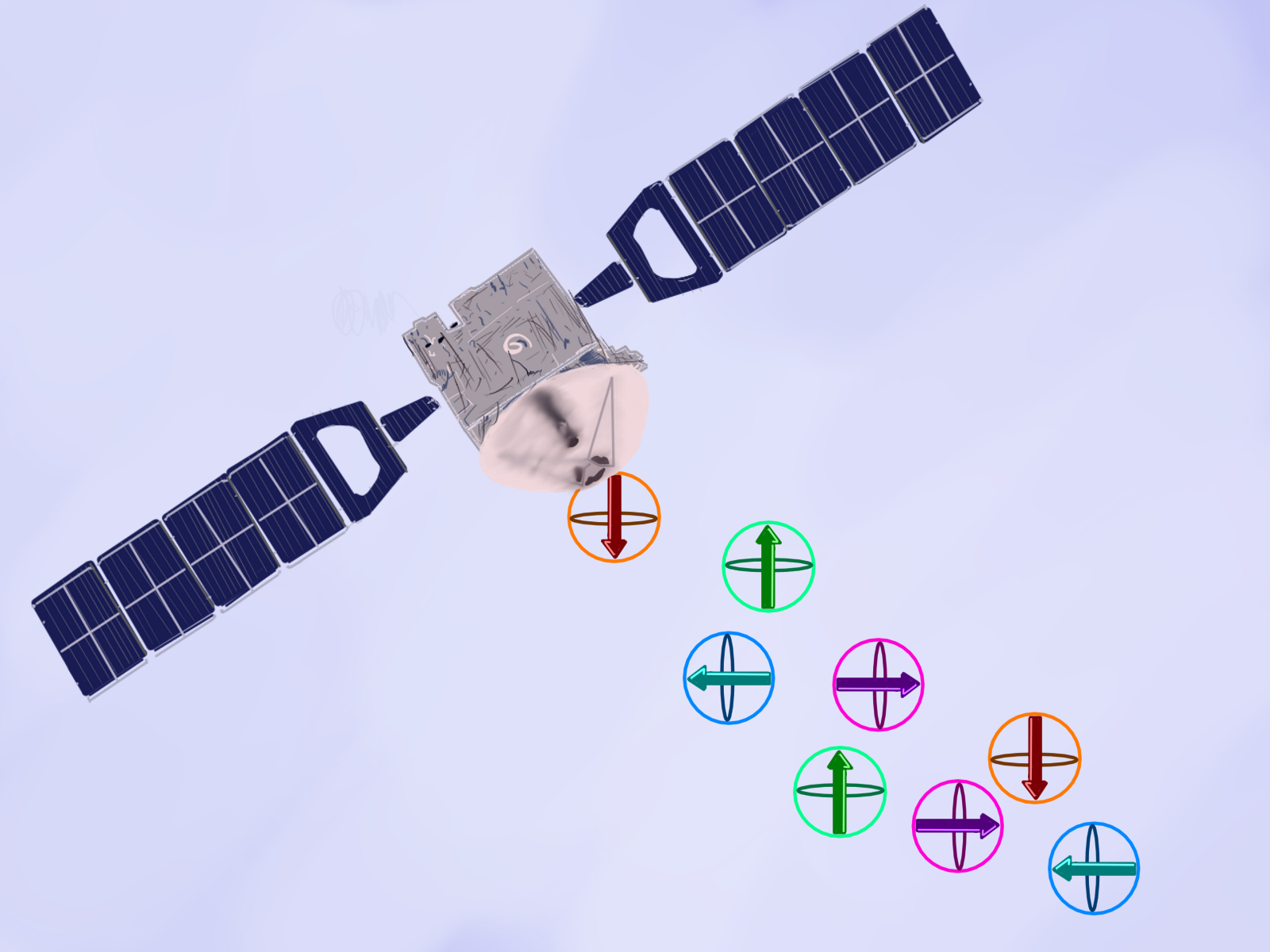

# ***Noise Threshold / Fault -Tolerance***
#Quantum error correction github code
Shown on the below is a distance-7 surface code with 49 qubits, there is a qubit on each lattice site: With 10.000 qubits it may be possible to have a failure rate of 10^, particularly with a code called the surface code.Īn attractive feature of the surface code is that its qubits can be physically placed on a 2D planar chip and only local connections are needed for error correction and logical gates. Now quantum error correction codes are designed such that only errors on small subsets of qubits can be corrected.įor example, for the 7 qubits, an error on any single qubit can be corrected,but not an error on any subset of 2 or more qubits.Įrror correction is then effective when errors on single qubits are much more likely than errors on pairs of qubits.įor example representing a single logical qubit by, say, 49 qubits, one can correct larger subsets of errors.Īnd this means that the failure rate of the logical qubit, which is determined by the errors which do not get corrected, can get really small. All other errors on a qubit are linear combinations and/or products of these errors. So typically we would like to have a high distance and high k versus n.įirst of all, a qubit can undergo two types of elementary errors,there is bit flip and there are phase flip errors. *A code can in general encode k into n qubits.*įurthermore, the code has some distance d which means that it can correct almost up to d/2 errors. But what quantum error correcting codes are there and which one is in fact the best? Well, there are many classes of codes and there is no one single answer to which one is best. These codes enable for the detection of faults and the reversal of their effects, preventing error propagation. To avoid this, the states of the qubits we wish to calculate must be encoded into quantum error-correcting codes. This is an example of computer science's well-known "*Garbage In, Garbage Out*" concept. If the wrong results of a few operations are passed forward, the entire computation will produce random outcomes. To be successful, large calculations, whether classical or quantum, require each of its processes to have a low logical error rate. This will be accomplished using the quantum error correcting method, in which logical qubits are embedded in a huge number of physical qubits. However, for the future era of fault-tolerance, we must develop techniques to create logical qubits from physical qubits. We attempt to utilise physical qubits despite their faults in the current era of quantum computing by building customized algorithms and applying error mitigation effects. These qubits will always be much too imperfect to function as logical qubits directly. However, the faults can never be completely removed. Over the last few decades, there have also been significant developments in the discovery of physical systems that act as qubits, with higher quality qubits being discovered all the time.

*Logical qubits* are qubits that satisfy these assumptions. Most quantum algorithms created in the last several decades believed that these qubits are perfect: they can be produced in whatever state we choose and controlled with absolute accuracy.

Quantum computing requires the use of qubits to encode information. # ***Definition of Physical and Logical Qubits*** However, present error rates and connectivity in real-world devices present a challenge for these quantum error-correction solutions. QEC, while being over 30 years old, is just now beginning to see serious experimental application. Quantum error correction is a crucial part of scaling quantum computers up to realistic scale.


 0 kommentar(er)
0 kommentar(er)
